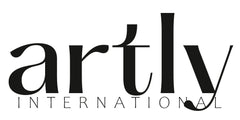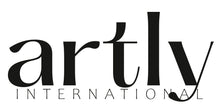The Art Market: Part II

In Part I of the Art Market series, we outlined the key players that comprise the art market. In Part II, I want to dig deeper into the factors that influence the global art market and the valuation of art.
Art valuation is a complex process, involving factors beyond the aesthetic value of an artwork. The art market can be influenced by both subjective and objective factors, personal taste, changing cultural and societal norms, as well as the artist's reputation, the artwork's historical significance, rarity, condition, and demand among collectors can significantly impact an artwork's value and price in the art market.
Factors Influencing the Art Market:
Supply and Demand:
Like any market, the art market is influenced by the interplay between supply and demand. Limited supply, rarity, historical significance, and desirability of artworks can drive up prices.
Artist Reputation:
The reputation and market demand for an artist play a significant role in the value of their artworks. Factors such as critical acclaim, exhibition history, awards, and collector interest can contribute to an artist's reputation.
Art Movements and Trends:
Art movements, styles, and cultural trends influence market preferences. Emerging art movements or the rediscovery of historical artists can lead to increased interest and demand.
Economic Factors:
Economic conditions, such as overall market stability, inflation, interest rates, and investor confidence, can impact the art market. During economic downturns, art sales may decline, while during prosperous periods, sales and prices may rise.
Art Market Infrastructure:
The infrastructure, including galleries, auction houses, art fairs, and online platforms, provides platforms for buying, selling, and promoting artworks. These platforms shape the accessibility of the market.
Marketing and Promotion:
Effective marketing and promotion by artists, galleries, and auction houses can create buzz and increase demand for artworks. Publicity, media coverage, and social media play a significant role in shaping market perceptions.
Art Investment:
Some individuals view art as an investment asset class. Artworks can be bought with the expectation of increasing in value over time. Economic conditions, art market trends, and the reputation of the artist are crucial considerations for art investors.
Authenticity and Provenance:
The authenticity and provenance (artwork's ownership history) of an artwork affect its value. Artworks with well-documented and verifiable provenance tend to be more valuable and desirable.
Like many markets, the art market can be highly dynamic and subject to fluctuations. It is influenced by various factors, including economic conditions, art market trends, cultural and social factors, art world events, and the perception of an artist's work. Additionally, the globalization of the art market has expanded its reach to international buyers and sellers, resulting in a more interconnected and diverse art market.





Leave a comment